iPhone XS Drop Test: Watch It Survive an 11-Foot Drop On Concrete
The iPhone XS and iPhone XS Max prove amazingly durable in a series of real-world drop tests.
I was sure that the iPhone XS was toast. I just dropped Apple's new flagship phone from 11 feet onto concrete, and the device landed face first. An alarming thud reverberated in the stairwell where we conducted this torture test. I walked down to see where the $1,000 mini computer lay, likely surrounded by shards of glass.
But the screen was not cracked!
I didn't believe it at first, but upon close examination, I could tell that the only visible damage to the iPhone XS was a discolored pixel in the top right corner of the screen. "This is nuts," I said to myself, so I dropped the iPhone XS Max from the same height. No damage. At all.

Apple says that the iPhone XS and iPhone XS Max have the "most durable glass ever on a smartphone," and after conducting a series of rigorous (though unscientific) tests, I now believe those claims.
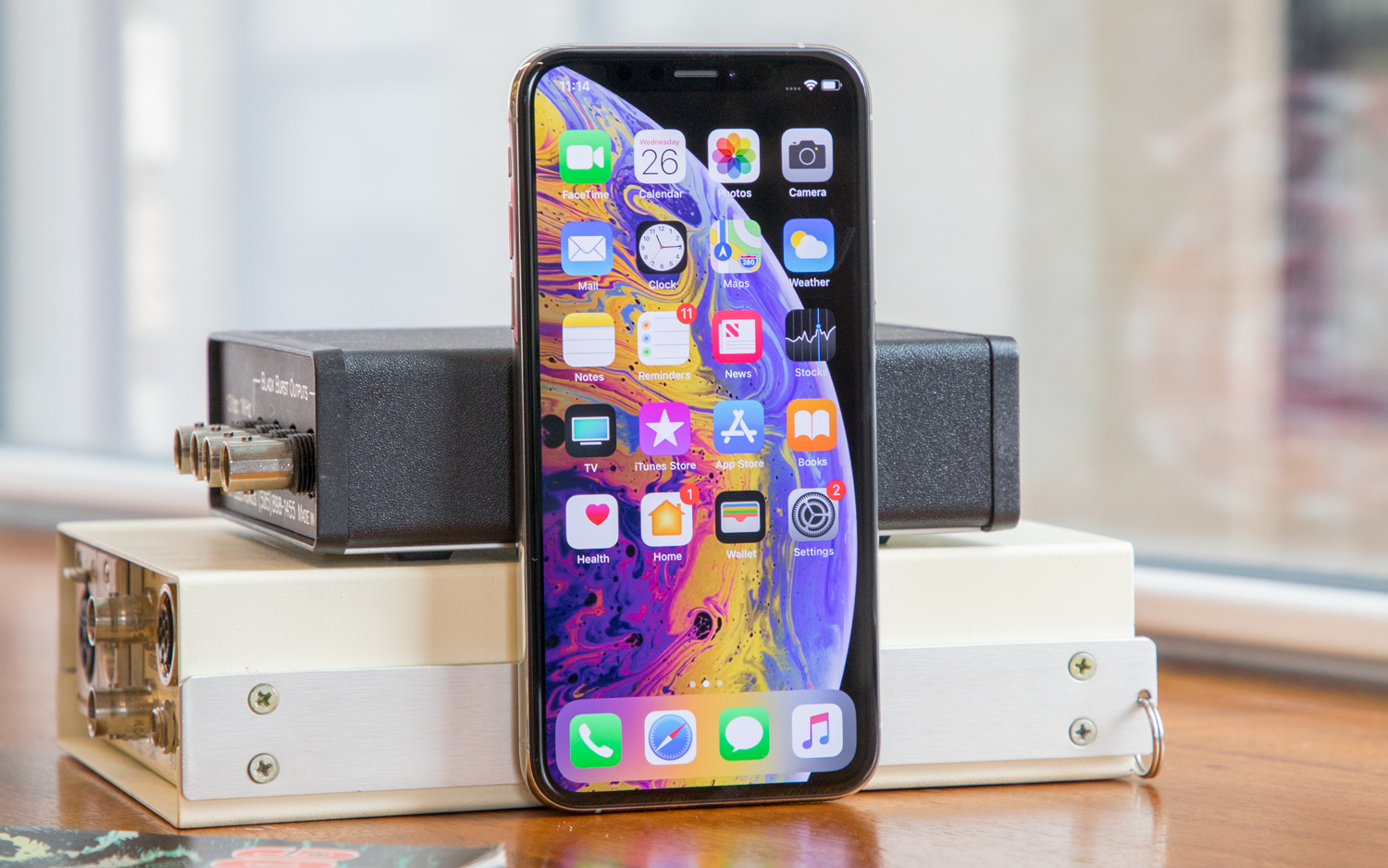
I went to this extreme height because of how well the iPhone XS and iPhone XS Max endured our other drop tests. We started by dropping both handsets onto concrete from 3 feet, which is about front-pocket height. The first drop test was on the bottom edge for each phone, and both devices came away unscuffed and unscathed.
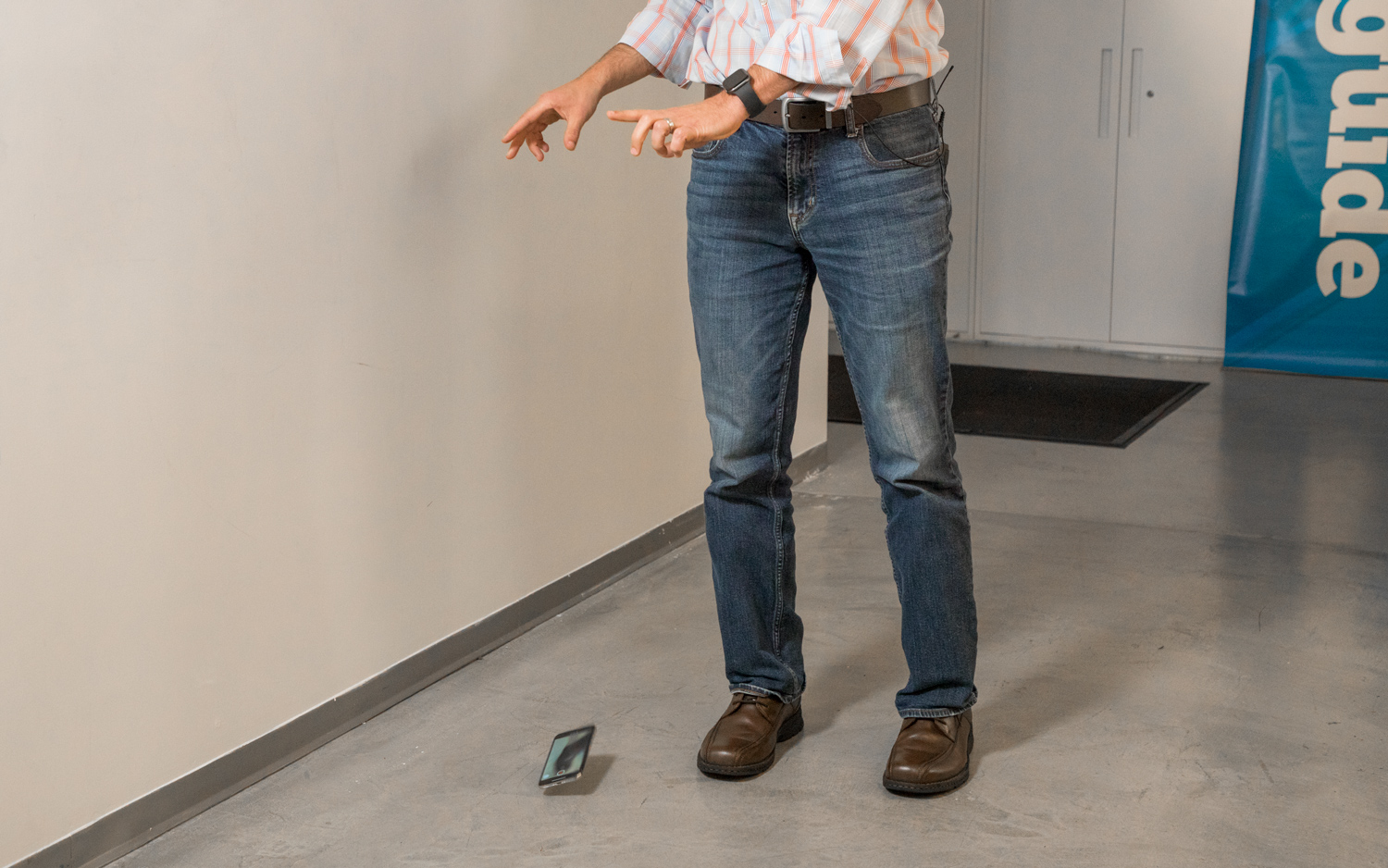
Then, we dropped the iPhone XS and XS Max from 3 feet, both face-down and on their backs. Once again, Apple's phones shrugged off these plummets. I didn't see a single scratch on the front or rear of either phone, not even a blemish.
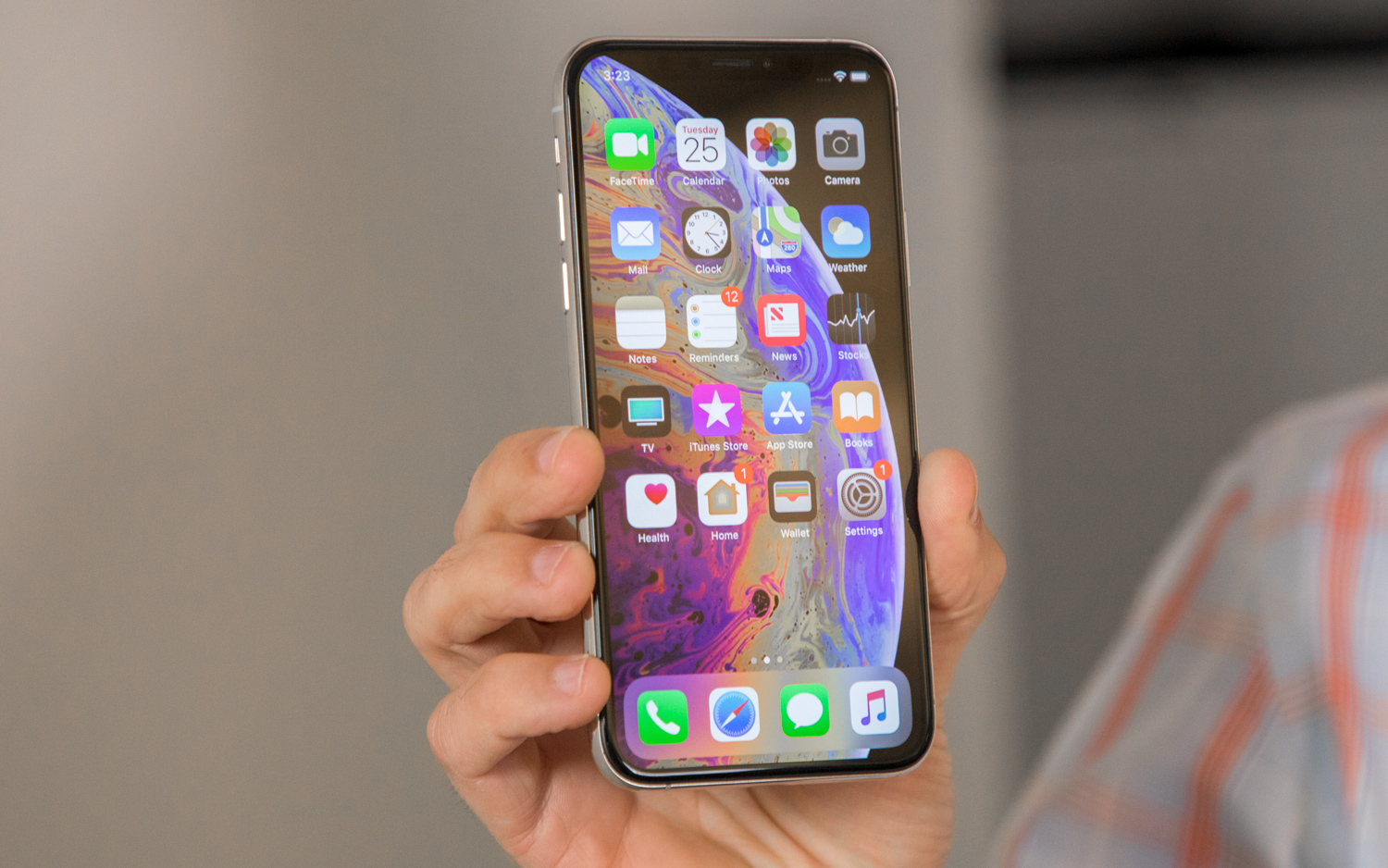
That contrasts with the original iPhone X, which cracked after a fall of just 4 feet in our Drop Everything special report earlier this year. Granted, the concrete we used for that testing was less smooth than our office floor, but I didn't anticipate that the iPhone XS and XS Max would survive the next trial.
Get instant access to breaking news, the hottest reviews, great deals and helpful tips.
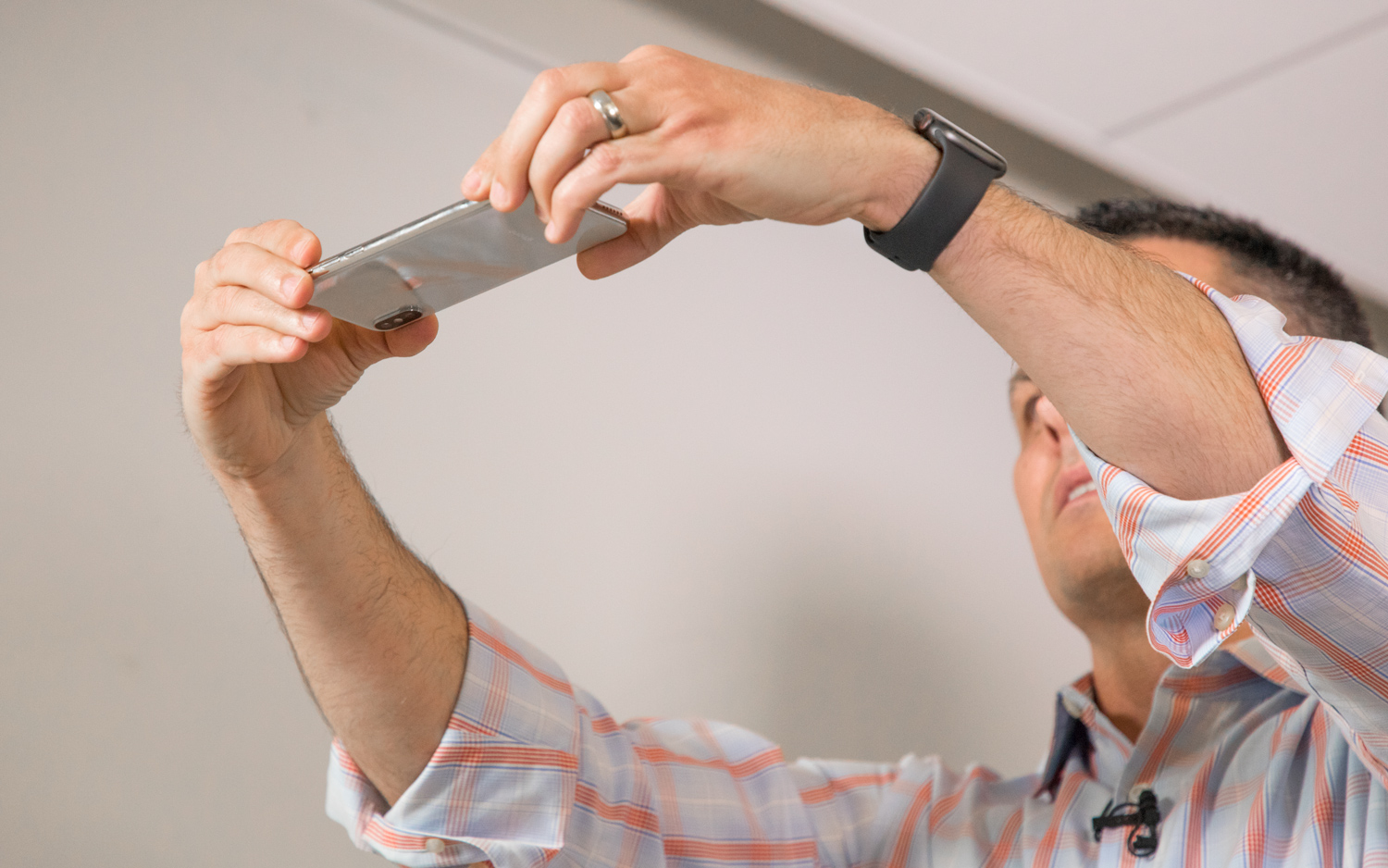
We conducted all of the same drops once more — bottom edge, face-down and back of the phone — but this time from 5 feet, or about the same height where you would hold the phone when you're having a conversation or snapping a photo. And, shockingly, the iPhone XS and XS Max did not crack or show any signs of damage.
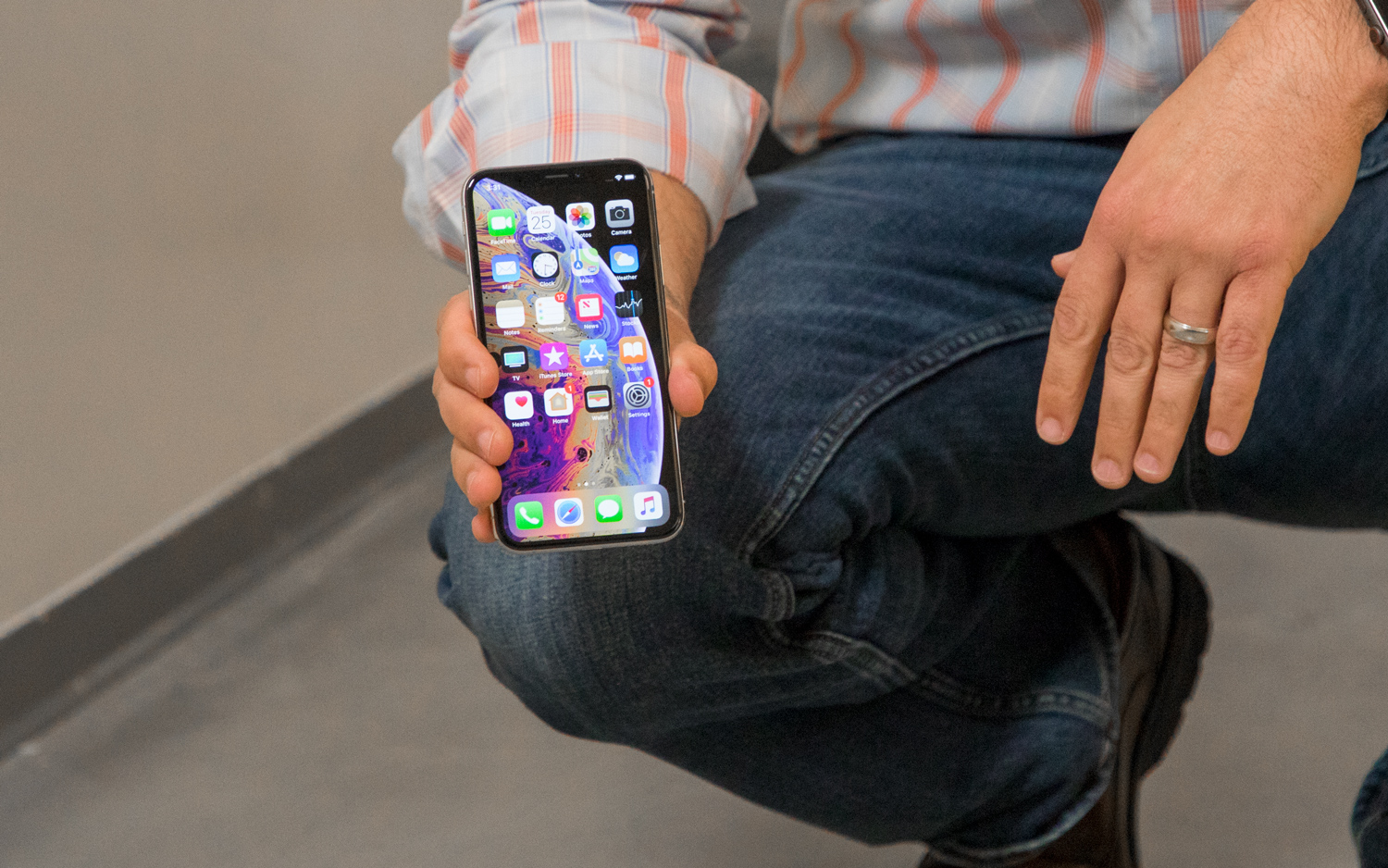
At this point, I was mightily impressed but also pretty bored.
MORE: iPhone XS Max and iPhone XS Review: The Max Steals the Show
So, now you know why we had to raise the stakes to 11 feet. I had to see what it would take to kill these phones. We headed to our office stairwell, and I used Apple's Measure augmented reality app on an older iPhone X to approximate the distance.

As I mentioned above, the iPhone XS survived, amazingly, despite landing face first. The iPhone XS Max lucked out, in a way, in that it landed partially on an edge and then bounced around before landing on concrete. Still, the $1,100 phone looked as pristine as when I took it out of the box.

So, what can kill these iPhones? A drop from about two stories (or about 20 feet) did the trick. The iPhone XS Max landed face first, and there were cracks everywhere on the display. The device basically became unusable, as the screen flashed and only the top portion displayed any info, such as notifications.
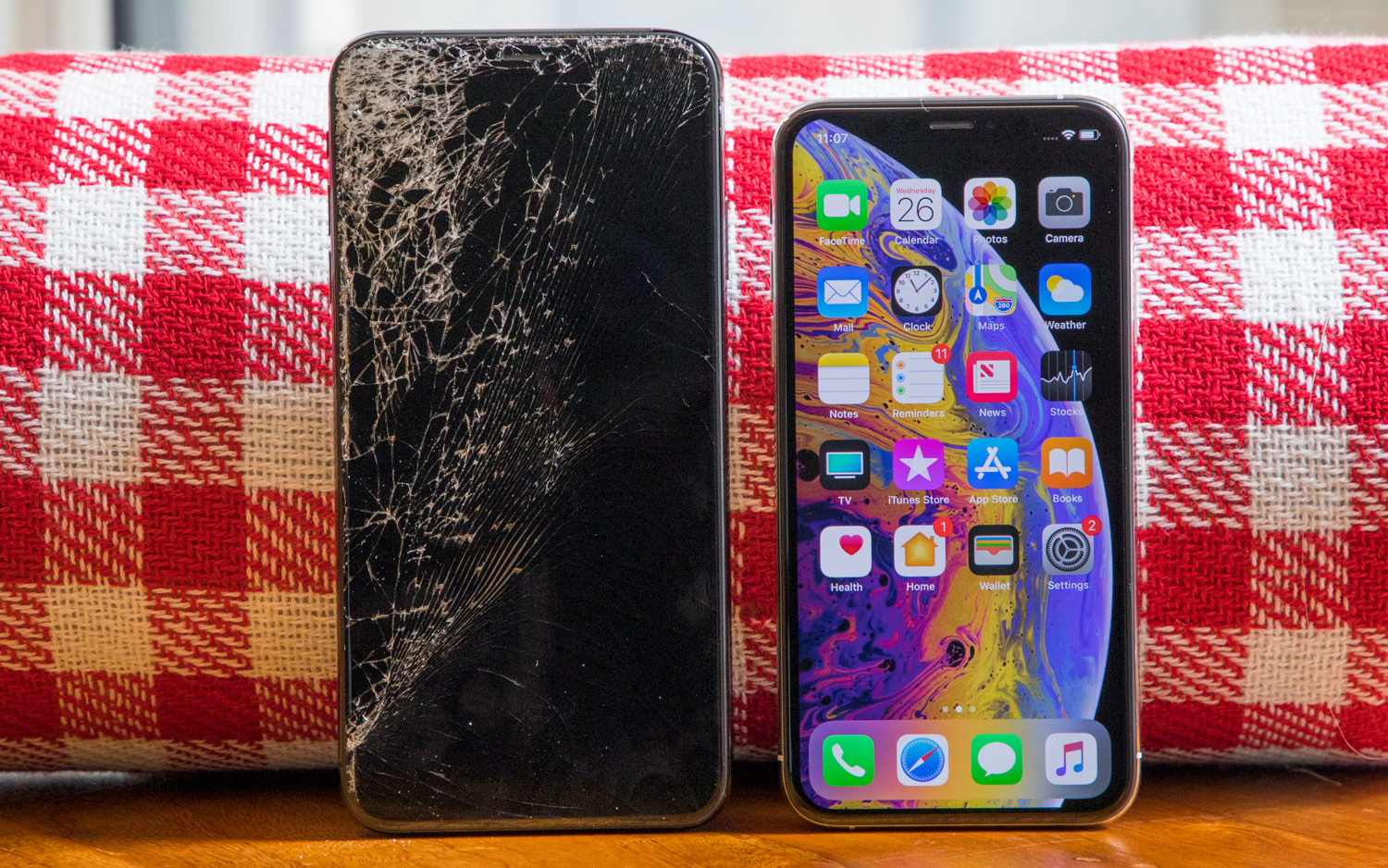
Of course, your own mileage may vary on the iPhone XS and iPhone XS Max, and there's no guarantee that they will survive similar drops for you. For instance, SquareTrade (a warranty provider) found that both phones cracked after a 6-foot drop.
I also still recommend investing in a case to prevent scuffs — even if cracks aren't likely — over time. But, overall, the durability of the iPhone XS and iPhone XS has proven to be shockingly good.
Credit: Tom's Guide
Mark Spoonauer is the global editor in chief of Tom's Guide and has covered technology for over 20 years. In addition to overseeing the direction of Tom's Guide, Mark specializes in covering all things mobile, having reviewed dozens of smartphones and other gadgets. He has spoken at key industry events and appears regularly on TV to discuss the latest trends, including Cheddar, Fox Business and other outlets. Mark was previously editor in chief of Laptop Mag, and his work has appeared in Wired, Popular Science and Inc. Follow him on Twitter at @mspoonauer.
-
Mark Spoonauer Reply
Hi @bobdupuu. We actually covered their testing separately, as well as others. But we wanted to conduct our own tests.21358661 said:What? No mention of the comparable test by independent Square Trade?
-
tmaxsmart Independent? Maybe, but certainly not unbiased. Asking Squaretrade to test something to see if you need to buy an extra warranty is like asking a car salesman if you need to buy a new car. Use Applecare, a case, and (if you can) buy it on a reputable credit card that offers even more protection.Reply -
bobdupuu My point was that it would be more unbiased to include a mention of the results of other comparable reports. Also, I'm not sure we can rule out the possible bias of Mr. Spoonauer, based on a review of other articles on iPhones he has written. I completely agree that most of these drop tests are irrelevant, given that they are done with no protection at all. Did I get this right? The iPhone XS passed, but the XS Max failed.Reply -
Mark Spoonauer Hi, I went back and added a mention of SquareTrafe report. As noted by another commenter, they exist to sell extended warranties so take for what it’s worth. The point of the test was to see how the phones would fare without a case and to anecdotally test Apple’s claims around the glass. Neither phone failed. Both passed from 11 feet, which we thought sufficient. I simply wanted to see what would happen from 20 feet, and we did that with Max only.Reply21363170 said:My point was that it would be more unbiased to include a mention of the results of other comparable reports. Also, I'm not sure we can rule out the possible bias of Mr. Spoonauer, based on a review of other articles on iPhones he has written. I completely agree that most of these drop tests are irrelevant, given that they are done with no protection at all. Did I get this right? The iPhone XS passed, but the XS Max failed.

